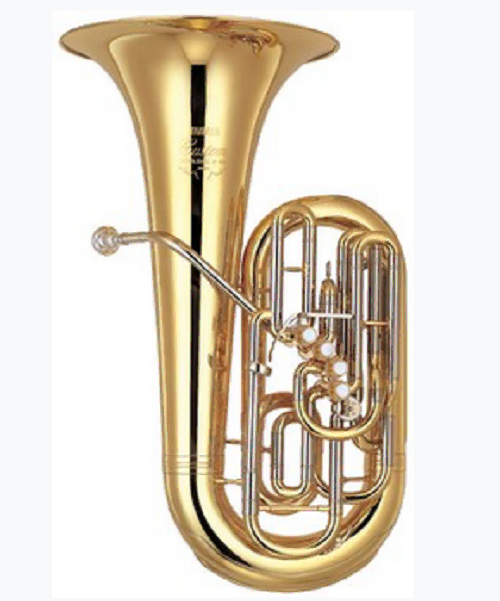Construction and function of the Bass tuba - Philipp Dangas
Construction and function of the Bass tuba
The main structural feature of the tuba is the strong conical expansion of its tube. Due to their wide cone, the tubes act as complete instruments. They are equipped with 4 valves so that the 11 semitone steps between the natural tones No.1 and No.2 can be executed. A 6-valve system is used to achieve particularly accurate intonation.
The tube of the tuba is conical throughout, with the exception of the valve system, the tubes of which are always cylindrical. In the normal orchestral tuba, the bell is directed upwards. The heliform is only used in wind bands or in dance music. There are also "double instruments" in which a special valve can be used to switch between 2 basic tunings. The tuba is blown with a wide and deep cup mouthpiece.
[Music composer Dmitri Shostakovich]
Download size: 173 kilobytes
Table summary of the functional principle of the brass instruments
This table provides the key data for the functional principle of the brass instruments recognizable. And there are mouthpieces, tubes, bells and valves briefly described. In addition, the term overblowing technique is defined.

The structure of a bass tuba in F in large representation
The tuba is the lowest-pitched musical instrument in the brass family. As with all brass instruments, the sound is produced by lip vibration – a buzz – into a mouthpiece. It first appeared in the mid-19th century, making it one of the newer instruments in the modern orchestra and concert band. The tuba largely replaced the ophicleide. Tuba is Latin for "trumpet" …Referenz: https://en.wikipedia.org/wiki/Tuba
Internal search function
| Name | Value | Delete |
|---|